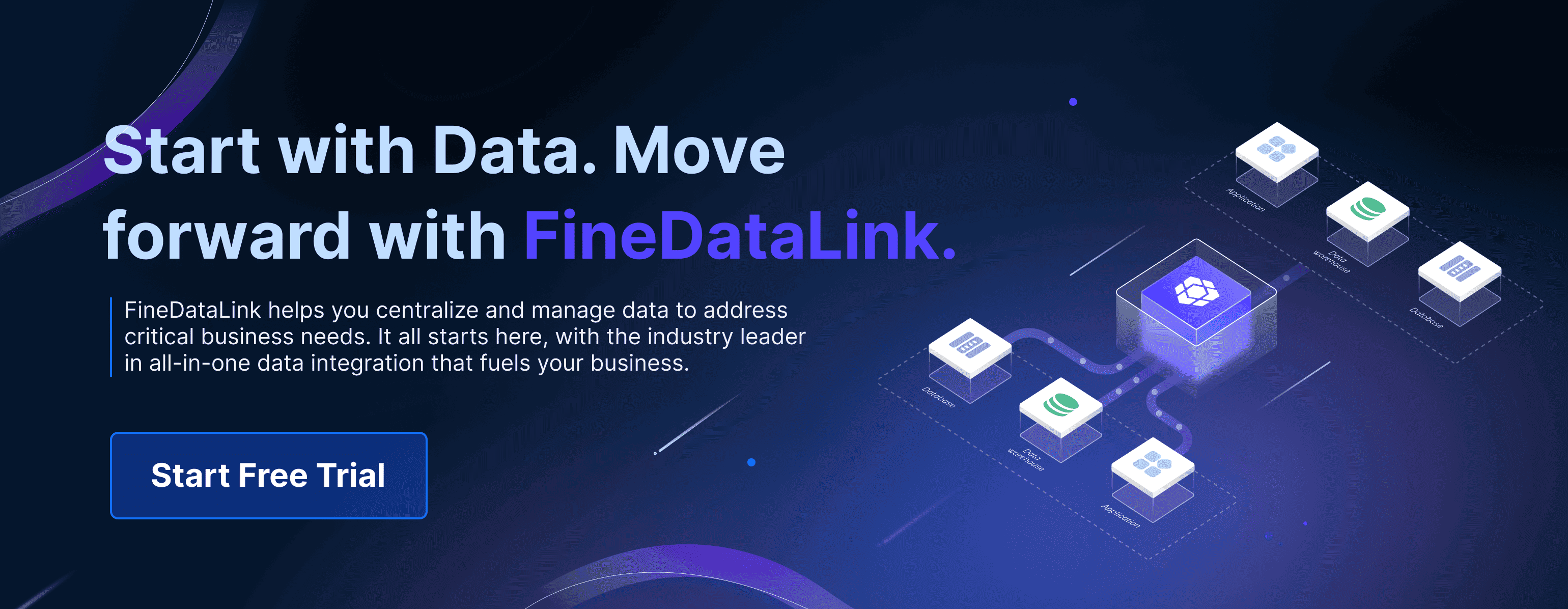

A data silo is a situation where one team or department keeps its data separate from others in your organization. This separation makes it hard for you to access, share, or use information across teams. You should care about a data silo because it can block your business from making smart, fast decisions. According to a recent report, 37% of professionals say that data silos slow down data sharing between teams. When your business faces a data silo, you may see increased costs, compliance risks, and poor collaboration.
- Increased operational costs and duplicated effort
- Compromised compliance and governance
- Stifled collaboration and company culture challenges
- Inconsistent and duplicate data
- Security and compliance vulnerabilities
- Poorer business intelligence and less reliable decision-making
- Data quality and consistency issues
These risks can even affect your customer data, making it harder to deliver a great experience. Practical solutions like FineDataLink and FanRuan BI can help you break down these barriers and unlock your data’s full value.
Data Silo Basics

Definition
A data silo is a situation where one department or business unit controls its own data, keeping it separate from the rest of your organization. You may find that this makes it difficult for other teams to access or use important information. Most industry experts define a data silo as a repository of data that remains isolated, which can block effective data sharing and collaboration.
You can see this clearly in the following table:
| Term | Definition |
|---|---|
| Data Silo | A repository of data controlled by one department or business unit, isolated from the rest of the organization, making it hard for users in other parts to access and use company data. |
| Customer Data Silo | An example of a customer data silo occurs when in-store and online purchase data are stored in separate systems, leading to a fragmented view of customer behavior and missed marketing opportunities. |
A customer data silo happens when you store customer data in separate systems, such as keeping in-store and online purchase records apart. This separation prevents you from seeing the full picture of your customers’ behavior. When you cannot connect these data points, you miss out on chances for personalized marketing and consistent customer service.
Causes
Data silos form for several reasons. You often see them develop because of the way your organization is structured, the technology you use, and the culture within your teams. The table below shows the main causes:
| Cause Type | Description |
|---|---|
| Organizational | Departments operate independently, leading to isolated data repositories. |
| Technological | Disparate tools and legacy systems create barriers to data integration. |
| Cultural | A 'silo mentality' develops where teams view their data as proprietary, discouraging collaboration. |
Organizational causes appear when departments work on their own, each building separate data management systems. Technological causes arise when you use different tools or legacy systems that do not connect easily, making data integration a challenge. Cultural causes come from a mindset where teams see their data as their own property, which discourages data sharing and collaboration.
Leadership plays a key role in either perpetuating or breaking down data silos. When leaders do not encourage cross-departmental collaboration, teams tend to work in isolation. As your organization grows, leaders must foster a culture that values data sharing and open communication. Without this, data silos become more entrenched, and your business struggles to achieve unified data management.
Customer Data Silo
A customer data silo is a specific type of data silo that affects how you manage and use customer data. This problem often appears when different departments or systems store customer information separately. For example:
- Different departments use their own systems, which limits data sharing.
- Data stored in various databases or legacy systems creates integration challenges.
You may not realize how common this issue is. Studies show that 60% of companies use multiple systems for customer data management, which leads to isolated data. When you cannot connect all your customer data, you lose the ability to deliver a seamless customer experience.
A customer data silo can prevent you from understanding your customers’ needs and preferences. This fragmentation leads to missed opportunities for targeted marketing and can result in inconsistent service. By addressing customer data silos, you improve your ability to analyze customer behavior and make better business decisions.
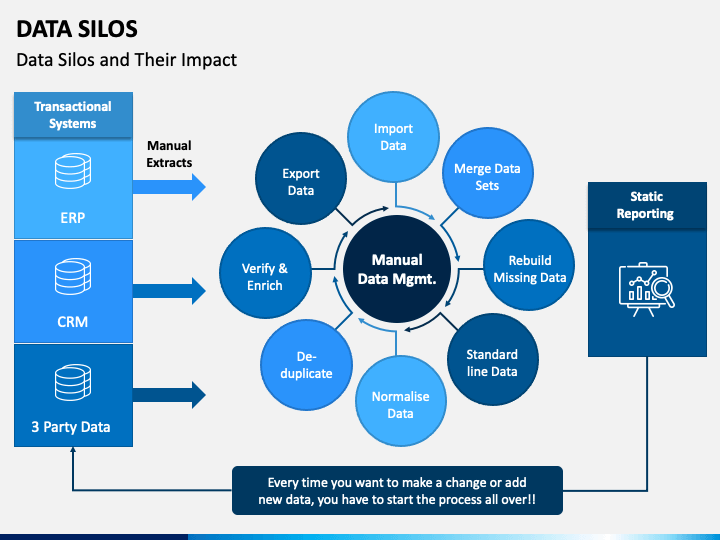
Data Silo Impact
A data silo creates a barrier between teams and departments. You see this when information gets trapped in one part of your organization, making it hard for others to access or use it. This separation leads to inefficiencies, missed opportunities, and confusion. When you allow a data silo to persist, your business loses the ability to operate as a unified whole.
Data silos affect every aspect of your business. They slow down processes, increase costs, and make it difficult to deliver a seamless customer experience. You cannot make data-driven decisions when your data is scattered and incomplete. The following sections explain how data silos impact efficiency, decision-making, costs, and customer experience, and how solutions like FineDataLink and FanRuan BI can help you overcome these challenges.
Efficiency
Data silos reduce your business efficiency in several ways. When teams cannot share data easily, collaboration suffers. You may notice that departments work in isolation, leading to fragmented communication and duplicated efforts. This lack of data sharing makes it hard to maintain data quality and consistency.
- Data silos create barriers to collaboration, leading to fragmented communication between departments.
- They hinder comprehensive analysis by preventing access to all relevant data, resulting in partial insights that affect strategic decisions.
- Inconsistent data across departments can lead to confusion and errors, complicating the maintenance of data quality.
- Silos limit the ability to innovate and adapt to market changes, creating obstacles to growth.
- Delays in accessing real-time data affect decision-making responsiveness.
- Increased operational costs arise from the need to manage separate data systems.
FanRuan BI solutions and FineDataLink address these issues by enabling seamless data integration and real-time data synchronization. With these tools, you can break down barriers, streamline data management, and ensure that everyone in your organization works with the same information. This unified approach improves efficiency and supports business growth.
The SAMOA customer story shows the real impact of overcoming data silos. SAMOA faced fragmented systems and manual processes that slowed down operations. By implementing a unified data management platform, they eliminated silos, automated reporting, and improved collaboration across departments. This transformation led to faster workflows and better business outcomes.
Decision-Making
Data silos make it difficult for you to make informed decisions. When data is trapped in separate systems, you must rely on incomplete or outdated information. This leads to misunderstandings, errors, and delays in projects.
- Accessing siloed data often involves labor-intensive processes, leading to misunderstandings and errors that slow down projects.
- Data silos block collaboration, causing teams to work in parallel without synchronization, which distorts decision-making.
- Data silos lead to fragmented customer data, which results in delays and a disjointed customer experience.
- Incomplete information from data silos can lead to decisions based on partial understanding, affecting marketing strategies and overall business growth.
You need access to accurate and timely data to make data-driven decisions. FineDataLink helps by integrating data from multiple sources, giving you a complete view of your business. FanRuan BI solutions provide advanced analytics and visualization tools, allowing you to turn raw data into actionable insights. When you break down data silos, you empower your teams to make better, faster decisions.
SAMOA’s experience highlights the value of unified data management. Before integrating their systems, executives relied on manually compiled reports, which delayed decision-making and reduced reliability. After implementing a centralized platform, they gained real-time access to key metrics, enabling quicker and more confident decisions.
Costs
Maintaining data silos comes with significant financial costs. You spend more on managing separate systems, and your employees waste time searching for disconnected data. These inefficiencies can lead to lost revenue and increased risk.
- The global economic cost of data silos is estimated at around $3.1 trillion annually, leading to lost revenue and productivity.
- Employees reportedly spend about 12 hours weekly searching for disconnected data, which directly impacts productivity.
- Inefficiencies from data silos can result in revenue losses of up to 30% due to increased operational complexity.
- The average cost of data breaches caused by data silos is approximately $4.35 million per event globally.
FineDataLink reduces these costs by providing a single platform for data integration and management. You can automate data flows, eliminate manual processes, and reduce the risk of errors. FanRuan BI solutions further enhance cost savings by delivering real-time analytics and improving operational efficiency.
When SAMOA unified their data management, they eliminated manual data imports and reduced reporting inconsistencies. This not only saved time but also lowered operational costs and minimized the risk of costly mistakes.
Customer Experience
A customer data silo can damage your ability to deliver a consistent and personalized customer experience. When customer data is stored in separate systems, you cannot see the full picture of your customers’ needs and preferences.
- Data silos lead to fragmented customer data, which results in delays and a disjointed customer experience.
- Priya, a frequent traveler, left a negative review about her stay due to street noise. The New York hotel was unaware of her feedback because of data silos, leading to her being booked into a noisy room again. This resulted in a frustrating experience for Priya, highlighting how data silos can lead to operational inefficiencies and poor customer service.
According to a survey by Zendesk, 68% of consumers expect brands to use their data to personalize every experience. When you fail to connect customer data, you risk losing customer trust and loyalty.
FanRuan BI solutions and FineDataLink help you overcome these challenges by integrating customer data from all sources. You gain a unified view of each customer, enabling personalized marketing and consistent service. SAMOA’s transformation demonstrates this benefit. By integrating retail and field data, they improved data integrity and auditability, allowing executives to make informed decisions and deliver better customer experiences.
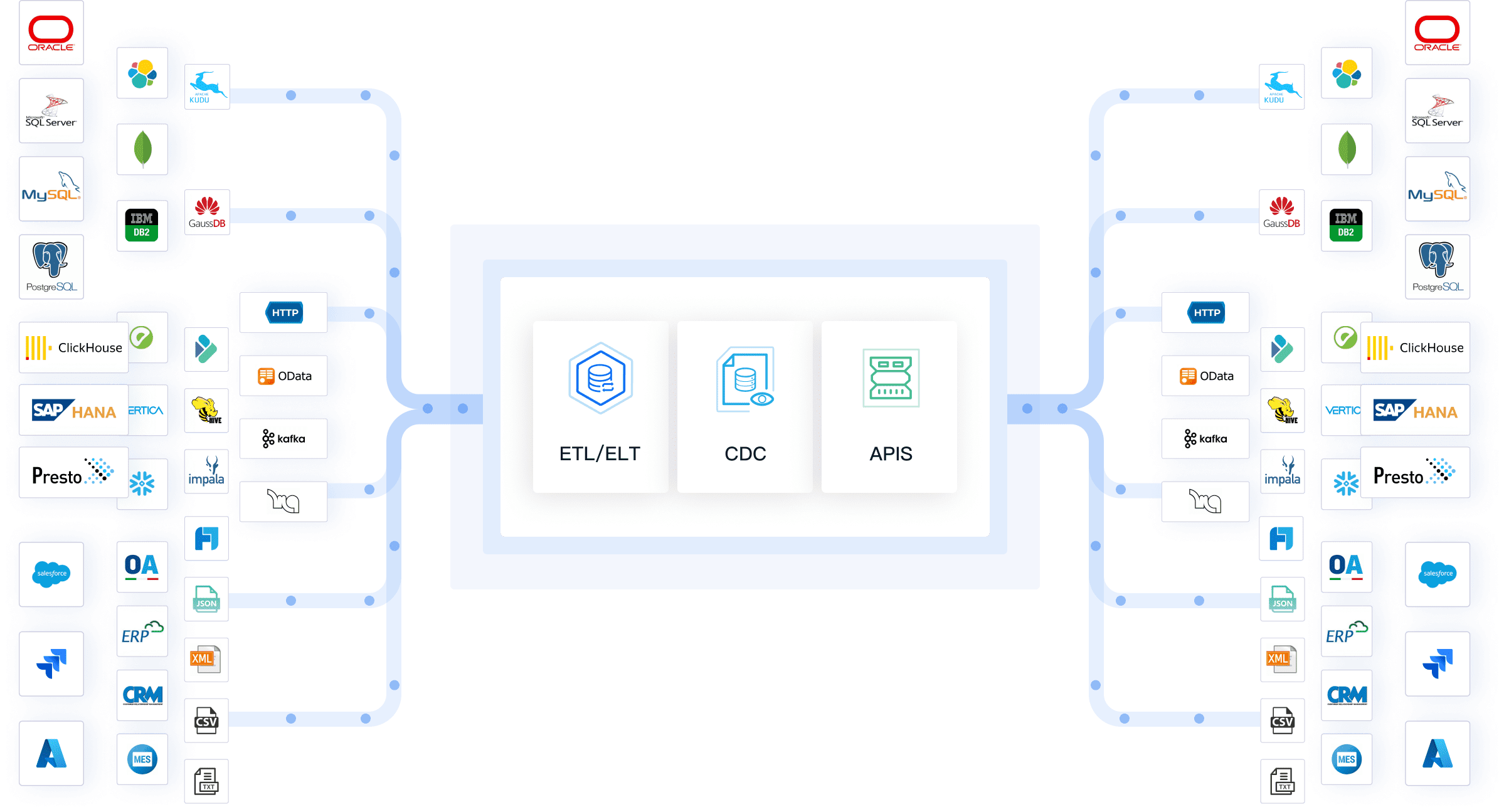
Breaking down data silos is essential for efficient data management, better decision-making, lower costs, and improved customer satisfaction. Solutions like FineDataLink and FanRuan BI give you the tools to unlock the full value of your data and drive business success.
Identifying Data Silo
A data silo occurs when a department or team stores its data separately from the rest of your organization. This separation makes it difficult for you to access, share, or use information across teams. Data silos can block effective data management and prevent you from gaining a complete view of your business operations.
You need to identify data silos early to avoid inefficiencies and missed opportunities. Recognizing the signs of a data silo helps you take action before problems grow. Data silos often appear when teams use different systems or do not communicate well, leading to isolated data and poor collaboration.
Warning Signs
You can spot data silos by looking for certain symptoms in your organization. Here are some common warning signs:
- Teams ignore key projects happening in other divisions.
- You encounter unfamiliar metrics, records, or custom fields in business systems.
- There is a high number of custom fields across different platforms.
- Communication between departments feels disjointed, and collaboration is weak.
- Customers receive inconsistent experiences or support.
- Response times to requests are slow.
- Customer data appears fragmented or incomplete.
- Review and approval processes are slow or unclear.
- Different business units report inconsistent data.
- Data science teams cannot find the data they need.
- Executives express concerns about data availability.
- IT costs rise unexpectedly.
If you notice several of these issues, you likely have data silos affecting your data management and business performance.
Assessment Tools
You can use several tools and methods to identify data silos in your organization. The following table shows some popular options:
| Tool | Purpose |
|---|---|
| Airbyte | Data integration and ETL |
| Fivetran | Automated data pipelines |
| Talend | Data integration and management |
You can also implement a business analytics platform to integrate data from different sources. Unified reporting tools and dashboards help you see where data is isolated. Automation tools can consolidate job schedulers and reduce redundancies, making data management more connected.
To track your progress in reducing data silos, monitor metrics such as decision-making speed, data accessibility, and operational efficiency. You should also measure user adoption rates and the volume of ad-hoc data requests. These indicators show how well your organization is breaking down data silos and improving data management.
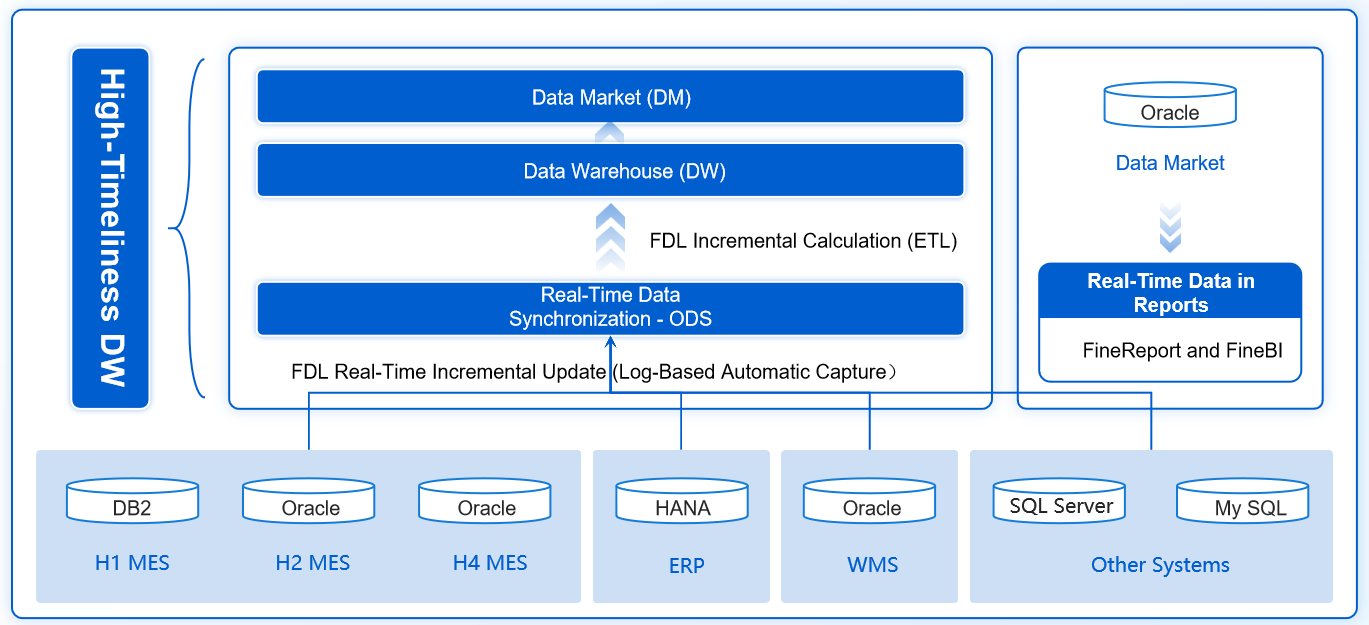
Solving Data Silo

Integration
To solve data silos, you need to focus on integration. A data silo forms when isolated pockets of data exist in separate systems, making it hard to achieve a unified view of your business. Integration strategies help you connect these systems and create a single data repository. You can use several approaches to improve data connectivity and eliminate incomplete customer view issues:
- Data standardization reduces inconsistencies and improves data quality.
- Centralized data management systems act as a single source of truth.
- Advanced data integration tools simplify the process and centralize information.
- Automation streamlines workflows and reduces manual entry.
- Establishing a single source of truth ensures everyone accesses the same accurate data.
According to Gartner, poor data quality, often made worse by data silos, costs organizations millions each year. By investing in integration, you reduce these costs and support digital transformation.
Data Governance
Strong data governance is essential for breaking down data silos. When you define clear policies for data usage and sharing, you prevent new silos from forming. Over 75% of executives believe that data silos hinder collaboration and reduce competitiveness. The real challenge often lies in disconnected and ungoverned data, which teams cannot fully trust or use. A robust data management strategy includes:
- Setting standards for data quality and access.
- Monitoring compliance with data privacy regulations.
- Ensuring that all departments follow the same rules for data management.
Data silos make it difficult to know where personal data resides, control access, and report on it. This scattered information can lead to compliance violations, especially if a silo is overlooked during a data breach notification or a subject access request.
Collaboration
A collaborative culture helps you break down data silos and improve cross-departmental sharing. You can encourage collaboration by:
- Establishing shared goals across departments.
- Creating cross-functional teams with diverse skills.
- Using communication tools to centralize conversations.
- Promoting knowledge sharing through content libraries and mentorship.
- Recognizing and rewarding collaborative behavior.
- Providing cross-departmental training to build empathy and understanding.
When you foster collaboration, you remove barriers between teams and create an ecosystem where connected data supports business intelligence and data analytics.
FineDataLink Solution
FineDataLink offers a powerful solution for eliminating data silos. It provides a modern data integration platform that enables real-time synchronization, ETL/ELT, and API integration. The platform supports over 100 data sources, allowing you to connect and manage data from various systems. FineDataLink’s visual interface and low-code features make data management accessible and efficient.
| Benefit | Description |
|---|---|
| Increased visibility | Gain a comprehensive view of business opportunities and performance metrics. |
| Greater agility | Respond quickly to market changes and manage risks effectively. |
| Enhanced client service | Improve client service with accurate information and tailored offerings. |
| Streamlined compliance | Manage compliance with evolving regulations more effectively. |
FanRuan BI solutions use a data integration hub to centralize data management and ensure real-time synchronization. This approach eliminates manual intervention, reduces errors, and creates a unified platform for seamless data exchange. APIs, connectors, and ETL/ELT tools play a key role in this transformation, ensuring compatibility and reliability across your entire data management strategy.
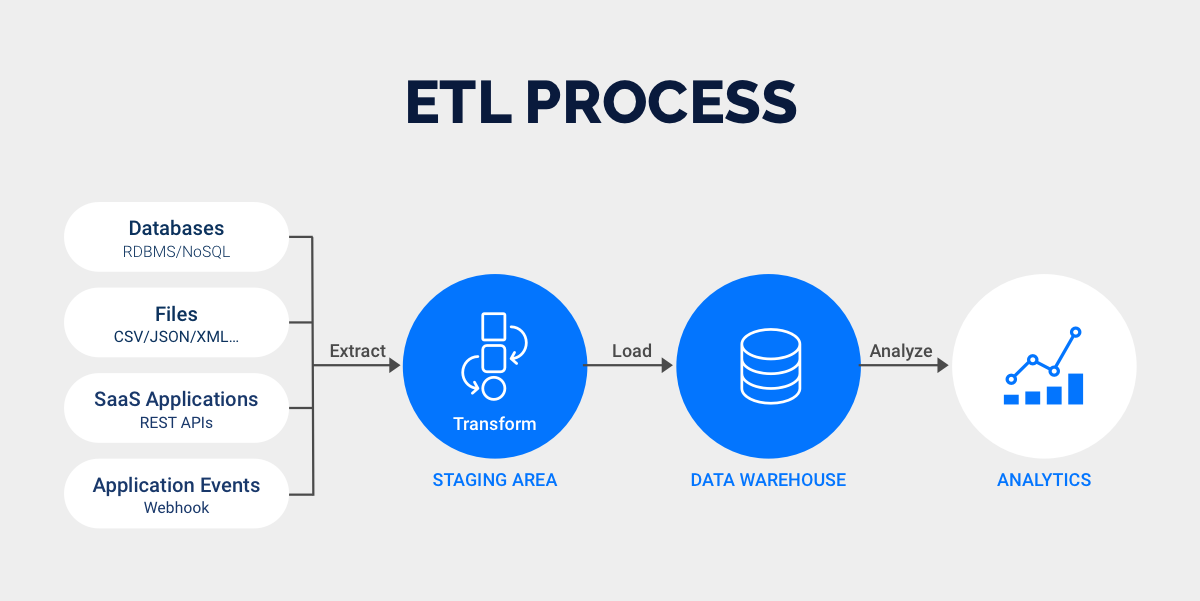
You must address data silo challenges to unlock your business’s full potential. Data silo issues slow down operations and block smart decision-making. FineDataLink and FanRuan BI help you integrate data, improve efficiency, and support better analysis. You gain a unified view of your business and deliver stronger customer experiences.
Take action now. Identify data silo problems in your organization and use proven solutions to drive growth and success.
FanRuan
https://www.fanruan.com/en/blogFanRuan provides powerful BI solutions across industries with FineReport for flexible reporting, FineBI for self-service analysis, and FineDataLink for data integration. Our all-in-one platform empowers organizations to transform raw data into actionable insights that drive business growth.
FAQ
A data silo is a collection of data held by one department and not shared with others. You should care because data silos block collaboration, slow decision-making, and create inconsistent information across your business.
Data silos often form when departments use different systems or tools. Teams may not communicate or share data. Legacy technology and a lack of integration also contribute to the creation of data silos.
A data silo can lead to fragmented customer information. You may struggle to provide consistent service or personalized offers. Customers might receive mixed messages or support, which can damage trust and satisfaction.
You can break down a data silo by integrating systems, standardizing data, and encouraging collaboration. Tools like FineDataLink help you connect data sources and create a unified view for better analysis and decision-making.
Data governance sets clear rules for data use and sharing. You ensure all teams follow the same standards. This approach helps prevent new data silos and supports compliance with regulations.


